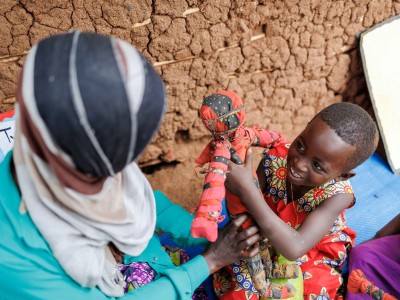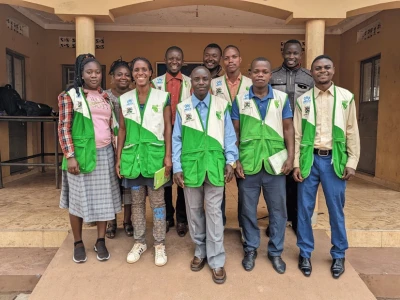OUR IMPACT
77%
500+
191
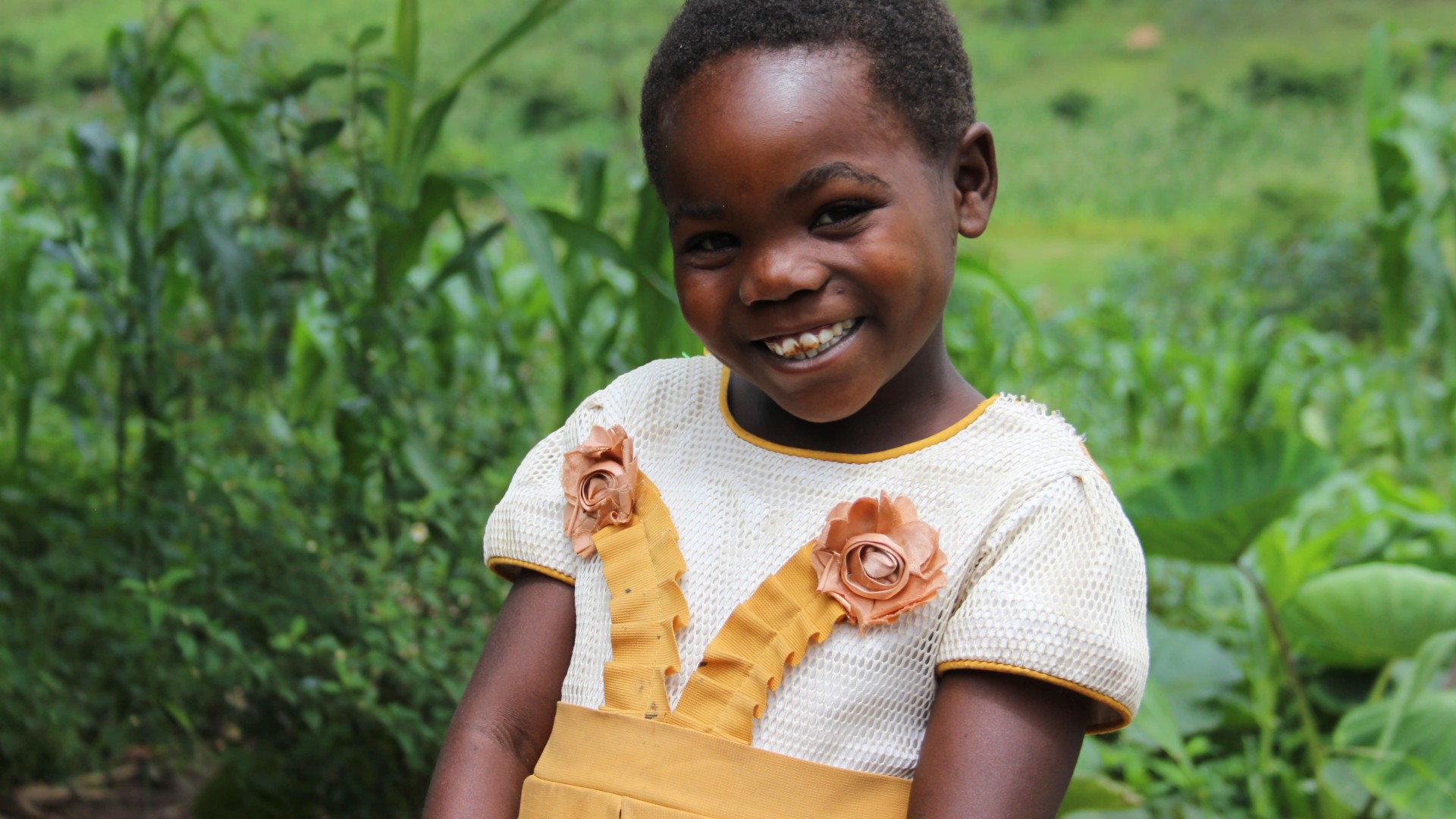
Meet Nyota
Your donation can help over 5,000 children like Nyota to access vital early learning at the most important stage of their development.
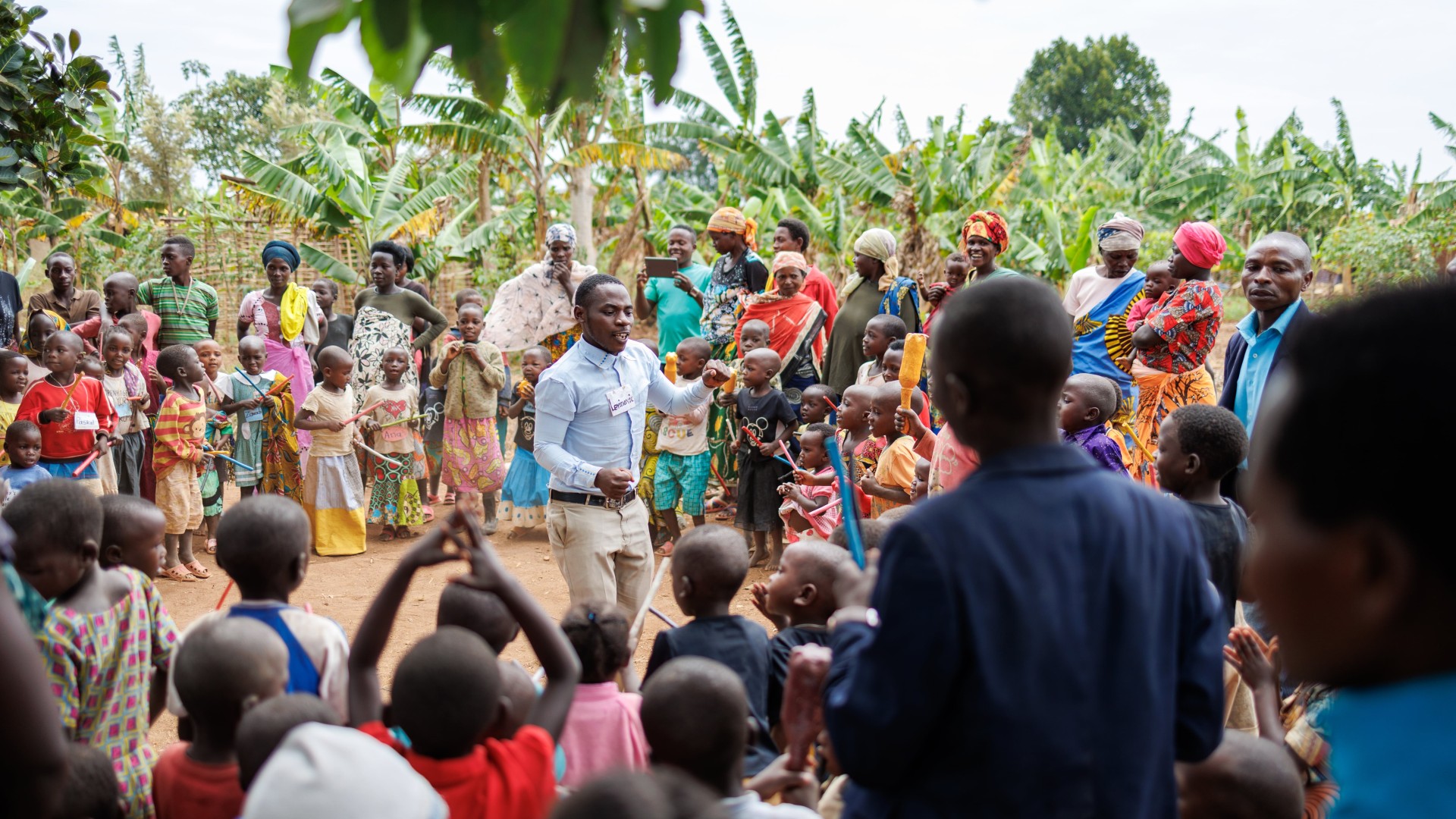
Maro Mamba Media
Cluster Learning involves the whole community
Make a difference. Donate Today.
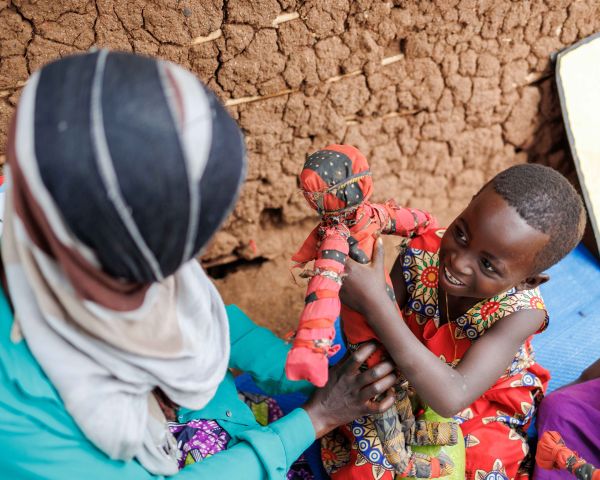
£9
Could provide Safeguarding Training for a refugee teacher.
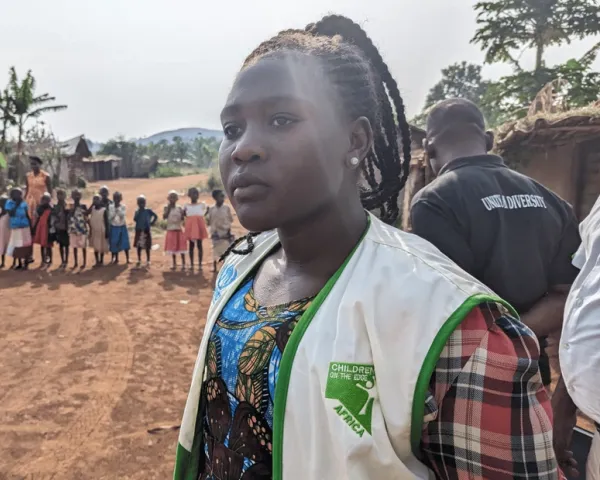
£22
Could pay for a 'Superteacher' salary for a week.
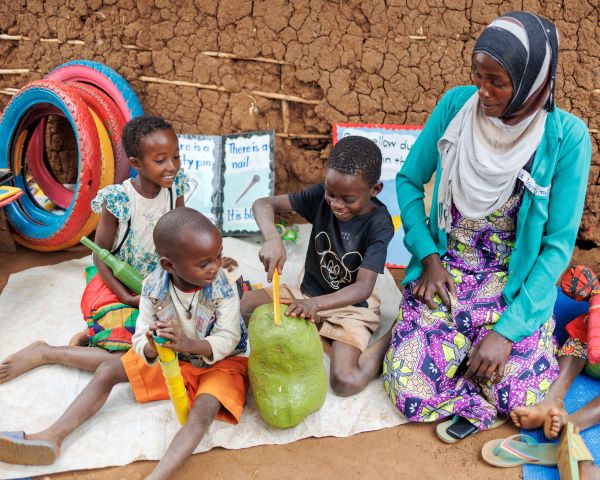
£125
Can help educate a child in a safe space for a whole year.


